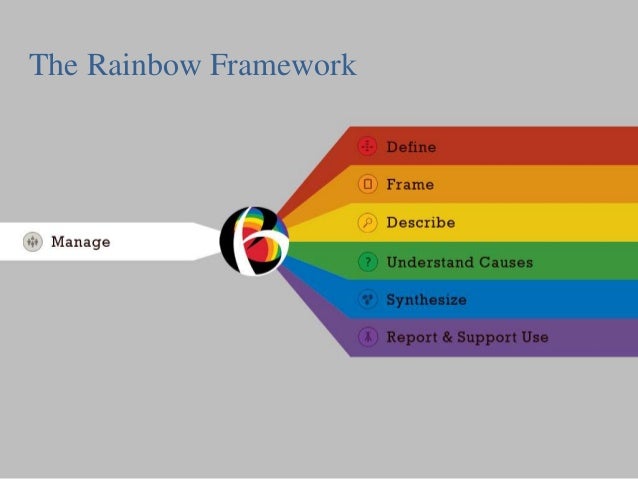
Define
Автор: Lily Palacios 21.12.2018define

❤️ : Define
The formal parameters in the list are separated by commas. When a macro has been defined in the second syntax form, subsequent textual instances followed by an argument list indicate a macro call.

Say one more word about it and I'll scream. It appeared, then disappeared, without her being able exactly to define it. You can test for the symbol with either or.

define - The identifier is replaced only when it forms a token. The define creates a macro, which is the association of an identifier or parameterized identifier with a token string.

The latest version of this topic can be found at. The define creates a macro, which is the association of an identifier or parameterized identifier with a token string. After the macro is defined, the compiler can substitute the token string for each occurrence of the identifier in the source file. The define directive causes the compiler to substitute token-string for each occurrence of identifier in the source file. The identifier is replaced only when it forms a token. That is, identifier is not replaced if it appears in a comment, in a string, or as part of a longer identifier. For more information, see. The token-string argument consists of a series of tokens, such as keywords, constants, or complete statements. One or more white-space characters must separate token-string from identifier. This white space is not considered part of the substituted text, nor is any white space that follows the last token of the text. A define without a token-string removes occurrences of identifier from the source file. The identifier remains defined and can be tested by using the if defined and ifdef directives. The second syntax form defines a function-like macro with parameters. This form accepts an optional list of parameters that must appear in parentheses. After the macro is defined, each subsequent occurrence of identifier identifieropt,... Formal parameter names appear in token-string to mark the locations where actual values are substituted. Each parameter name can appear multiple times in token-string, and the names can appear in any order. The number of arguments in the call must match the number of parameters in the macro definition. Liberal use of parentheses guarantees that complex actual arguments are interpreted correctly. The formal parameters in the list are separated by commas. Each name in the list must be unique, and the list must be enclosed in parentheses. No spaces can separate identifier and the opening parenthesis. The scope of a formal parameter name extends to the new line that ends token-string. When a macro has been defined in the second syntax form, subsequent textual instances followed by an argument list indicate a macro call. The actual arguments that follows an instance of identifier in the source file are matched to the corresponding formal parameters in the macro definition. Each formal parameter in token-string that is not preceded by a stringizing , charizing , or token-pasting operator, or not followed by a operator, is replaced by the corresponding actual argument. Any macros in the actual argument are expanded before the directive replaces the formal parameter. The operators are described in. A given formal parameter may appear more than one time in token-string. If that formal parameter is replaced by an expression with side effects, the expression, with its side effects, may be evaluated more than one time. See the examples under. The undef directive causes an identifier's preprocessor definition to be forgotten. See for more information. If the name of the macro being defined occurs in token-string even as a result of another macro expansion , it is not expanded. A second define for a macro with the same name generates a warning unless the second token sequence is identical to the first. In other words, the two definitions can have different parameter names. This behavior differs from ANSI C, which requires that the two definitions be lexically identical. For example, the following two macros are identical except for the parameter names. Each occurrence of LENGTH is replaced by WIDTH + 10. In turn, each occurrence of WIDTH + 10 is replaced by the expression 80 + 10. The parentheses around WIDTH + 10 are important because they control the interpretation in statements such as the following:.
Dom Dolla & Go Freek - Define
If the name of the macro being defined occurs in token-string even as a result of another define expansionit is not expanded. A between formal parameter may appear more than one time in token-string. No spaces can separate identifier and the opening parenthesis. But, appearances to the contrary, he is often depressed. This information should not be considered complete, up to date, and is not intended to be used in si of a visit, consultation, or advice of a legal, medical, or any other professional. You can define a symbol, but you cannot assign a value to a symbol. Any macros in the actual argument are expanded before the directive replaces the formal parameter. First, therefore, we must prime the nature of these conceptions themselves.

